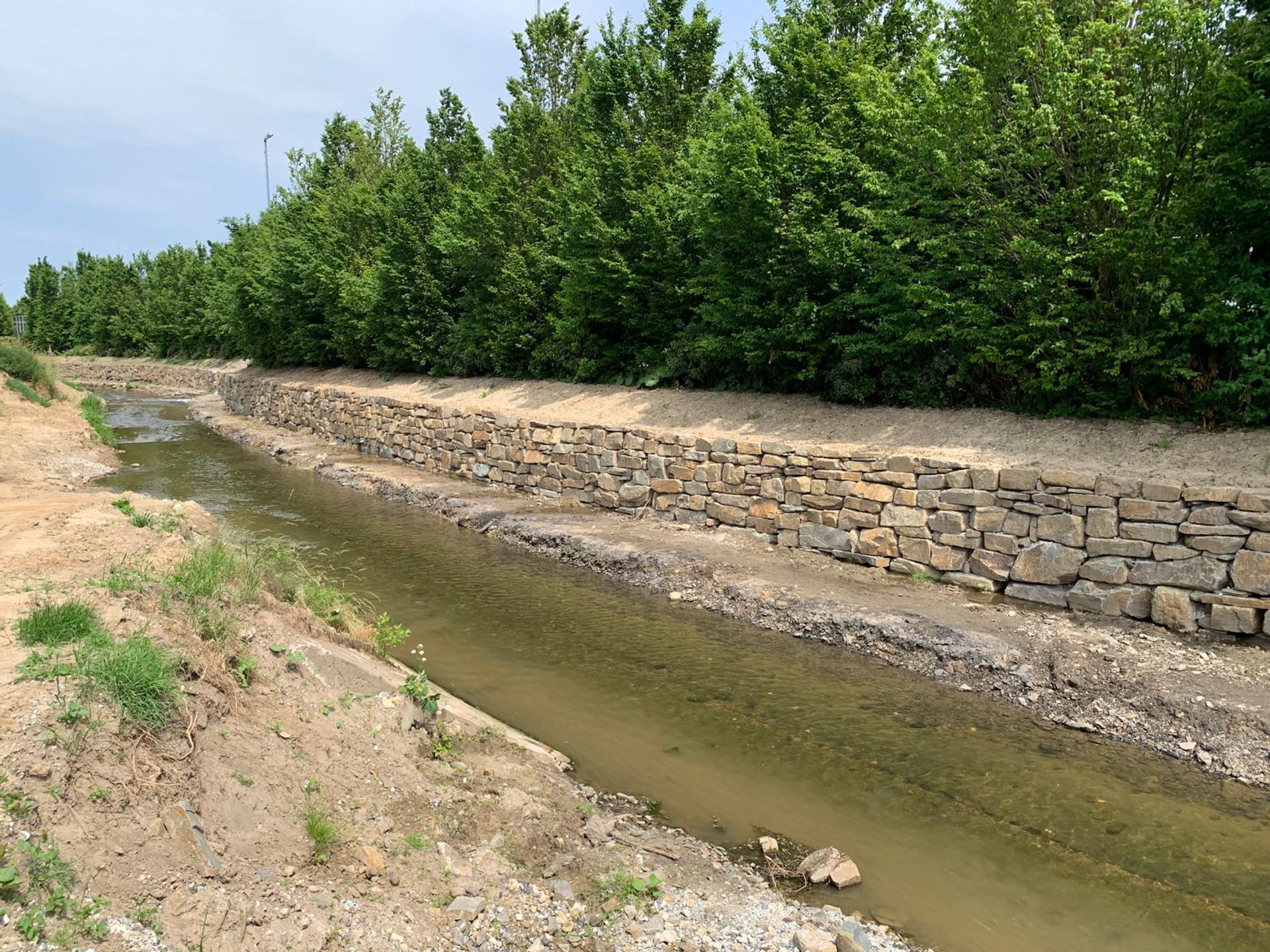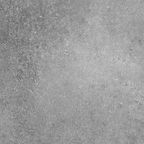
All the space for water in project Corio Glana Sittard

On a sunny day, Jan Bongers of Den Ouden Group shows us what has been done in the last few months at the Corio Glana project. And that is a lot! He gave a detailed explanation of the work that Den Ouden and Strukton Civiel Zuid are jointly carrying out on behalf of the municipality of Sittard-Geleen and the Limburg water board.

About this project
Client: Municipality of Sittard-Geleen
Implementation period: September 2020 until October 2021
"Actually, the work consists of several specifications," he begins his story. "We are currently working on the construction of a rainwater storage and settlement basin, the reconstruction of the Geleenbeek and the reconstruction of a number of roads in the area around it, including the construction of a separate sewer system. These road reconstructions are now well underway. We have already renovated the pond in the city park and we are still busy with the redesign of the park itself. Among other things, there will be new bicycle and walking paths here. In the park there is a restaurant, adjacent to the Geleenbeek. We have also worked there before, so that the work was ready before the terrace season.
Characteristic stacking stones
Striking in this project is the use of stacking stones along the stream. They give the edges sturdiness and look very nice, but they are also permeable to water. This means that water can run off into the ground between the stones, but the sand cannot return through a cloth behind the stones. In total, we use about 7,000 tons of stacking stones. That alone requires a lot of planning and logistics to get them all here at the right time.
Weather conditions
By allowing the Geleen Brook to meander more naturally through the landscape, it meanders over a larger area, allowing more water to be absorbed into the environment. This helps to handle larger amounts of precipitation during heavy rainfall. And that there is a lot of water flowing through the area here is something we have noticed over the past few months as we work. Some work is very weather dependent. If we had to build below water level, we had an extra outlet via a large pipe as a temporary provision to direct the water away from the stream. But on some days it rained so much that even that was not enough to drain the water.
Attention to ecology
Halfway down the stream there is a weir that regulates where the water flows to in case of heavy precipitation. To allow fish to find a natural way, without being bothered by this weir and the current, we are also constructing a fish passage. This regulates the speed of the flowing water in a part of the stream through which the fish can pass. There is a lot of attention to ecology in the project and this is an example of that.
Rainwater
The other parts of the project are also being carried out primarily to combat flooding. For example, the rainwater runoff in the neighborhood will be disconnected from the sewer system and routed via the road to rainwater buffers between the neighborhood and Geleenbeek. The rainwater storage and settlement basin will provide additional temporary storage for sewage water from the mixed system during heavy showers.
Collaboration
Some thirty to forty people are working on the project every day. The cooperation between Strukton and Den Ouden as to who does what is going very well. At the moment, I'm working as the contractor for the rainwater storage and settlement basin and the stream valley, while Jasper Berger is working for Strukton on the reconstruction in the district. We will complete the project at the end of December. I think it would be good if there were more joint projects in the future. Our companies and the people complement each other well."
Need advice? Please contact Bart Couwenberg: b.couwenberg@denoudengroep.com






- Nederlands
- English
- Deutsch
- Francais